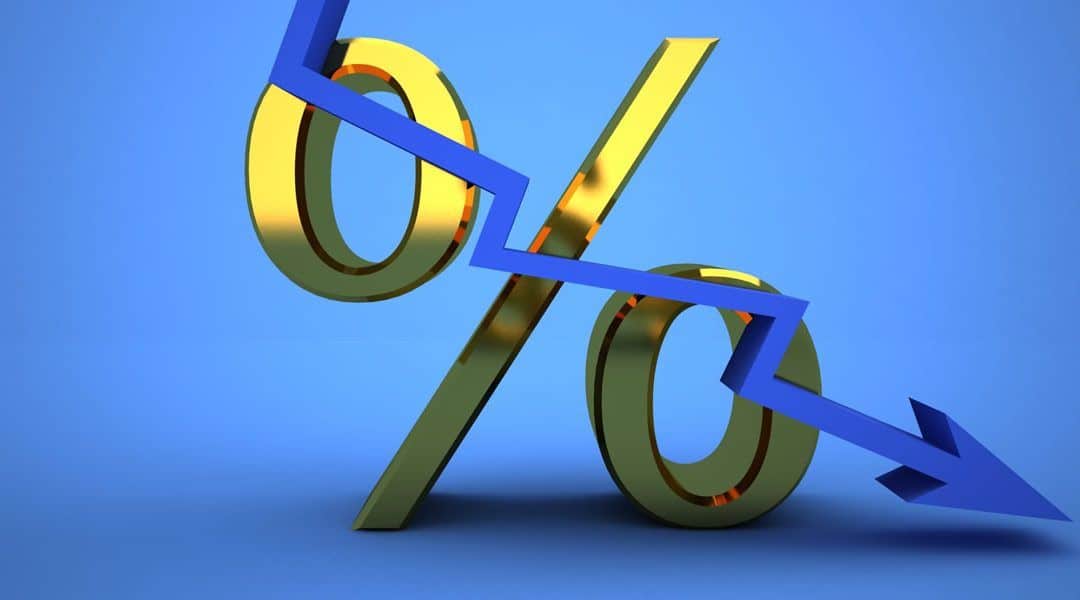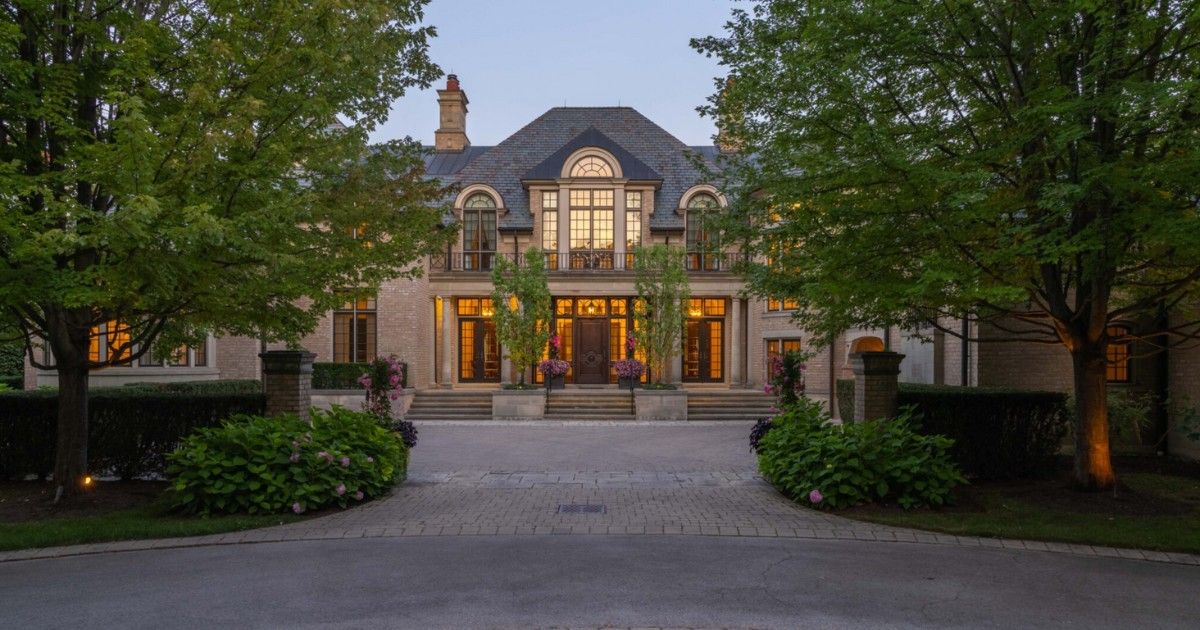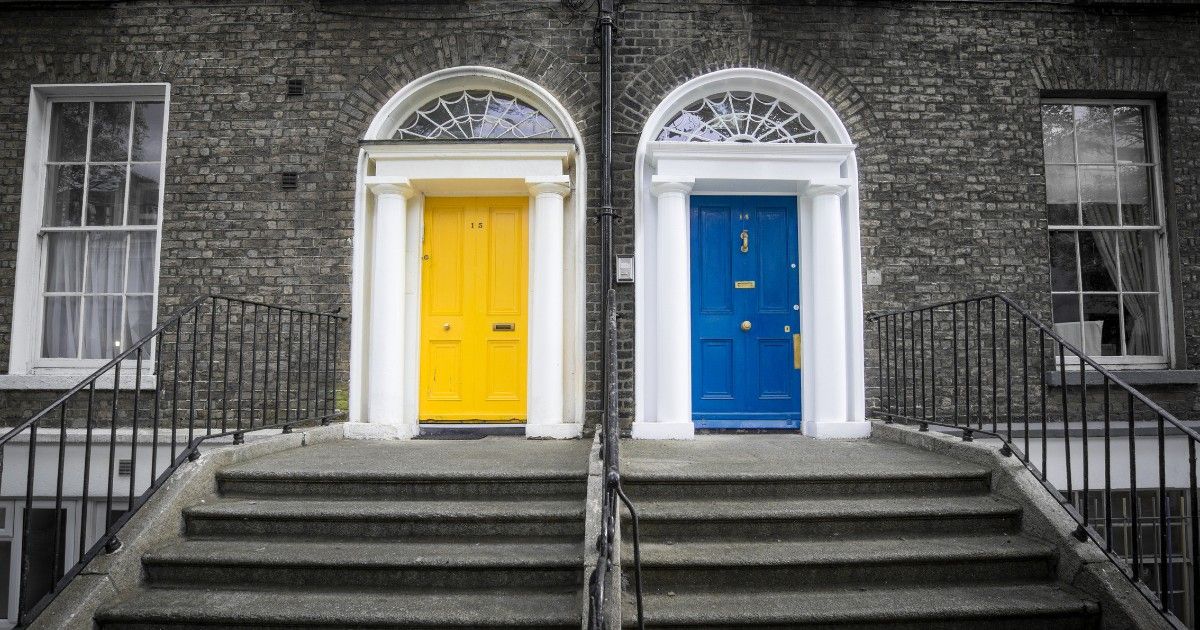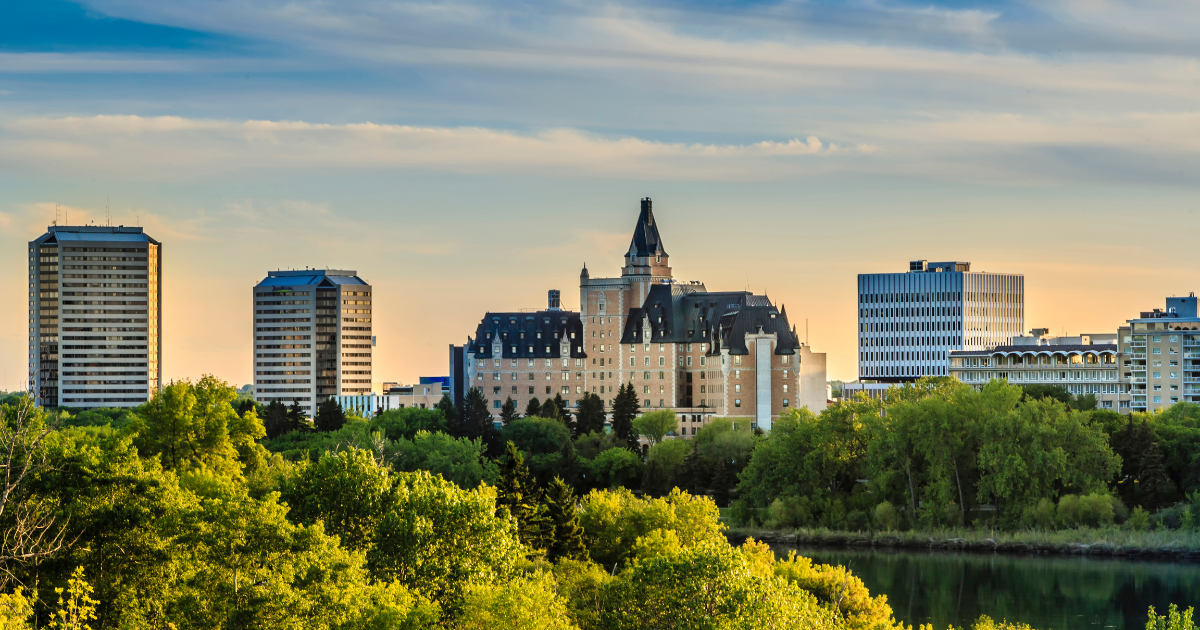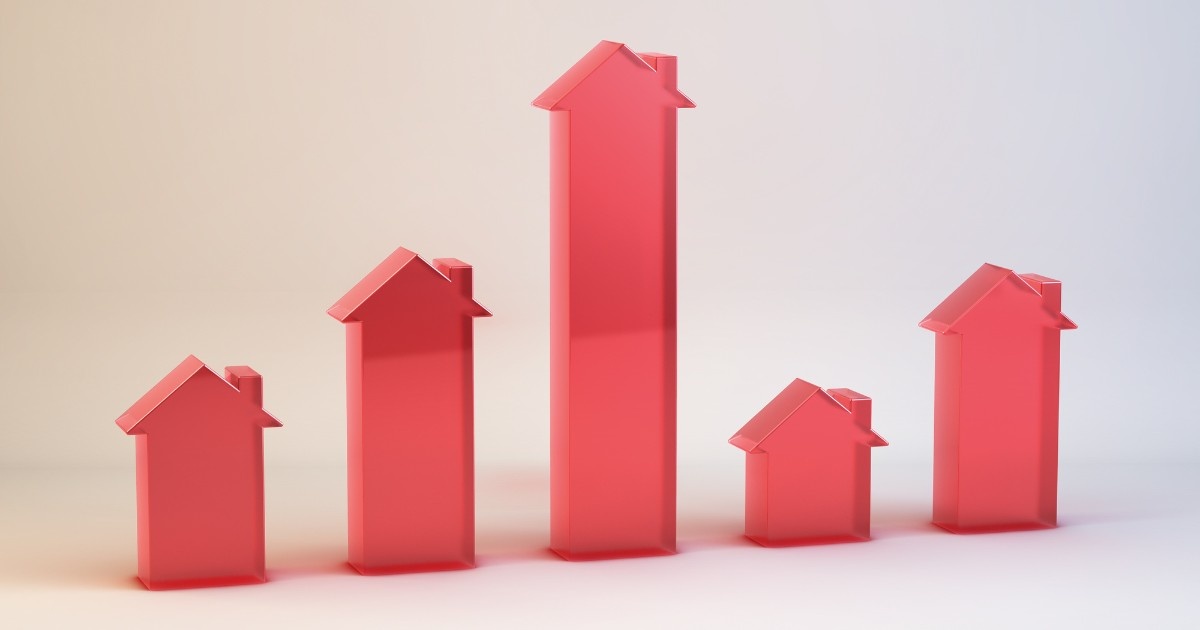Real estate investors must be very careful about purchasing an investment property under a five-per-cent cap rate, at which many retail plazas and multifamily properties are currently trading, with a down payment of 25 per cent or less.
Companies with deep pockets understand the consequences of low cap rate purchases and can afford to look to a long-term return on investment. Smaller investors, anxious to purchase a property without proper financial due diligence, could discover that a small decrease in their net operating income or a small increase in interest rate or cap rate could lead to a substantial drop in property value and return on investment.
Assume a rental property generates $100,000/year income. With expenses, especially utilities and taxes rising at an alarming rate, combined with the severe legislated restrictions on rent increases and the inability to pass on legitimate operating expenses, rental property operating expenses for smaller operators could be 45 to 50 per cent of income. Conservatively assuming 50-per-cent expenses, this leaves $50,000 before financing, called net operating income (NOI).
If you own the property outright with no mortgage, this is perhaps okay, although it also means your equity is “dead money”. Your equity is not working for you to fuel financial growth. Earlier articles discussed what a cap rate is and how it’s determined, so we’ll just state here that it establishes a “baseline” property value, by dividing the cap rate into the NOI. $50,000 NOI / five-per-cent cap rate = $1,000,000 property value.
If expenses (not the interest rate) rose five per cent in one year and rent guidelines allowed a 1.6-per-cent increase, you’d have an overall decrease in NOI of 3.4 per cent. NOI would then be $1,700 less than last year. The same five-per-cent cap rate computes a property value of $966,000. The $1,700 decrease in NOI caused a $34,000 loss in property value – every $1 of decrease caused $20 of lost property value.
Financing costs come out of NOI. If you pay a 25-per-cent down payment, the $1 million property above would have a $750,000 mortgage (75 per cent loan-to-value or LTV). Assume interest is 3.0 per cent, fixed, five-year closed, 25-year amortization. Monthly principal and interest would be $3,550/month or $42,600/year. Subtracting this financing from the NOI of $50,000 leaves $7,400. This is the money that goes into your pocket (called cash flow before taxes or profit) before paying for major capital costs (such as a new roof or furnace).
Assume all factors above remain the same, your mortgage comes due and rates have increased to 5.0 per cent. The monthly mortgage payment is now $4,360/month or $52,340/year. You’re now paying $2,340/year more than you’re making, again, before capital costs.
In real life, you would have paid down some of the mortgage principal. Income would perhaps have increased but expenses and/or vacancy rates might have risen. There are many factors to consider but the point is that the 2.0-per-cent increase in interest put your property into a near break-even or possibly even a negative cash flow situation. The first major capital expense, such as a new roof, would make your investment a significant losing proposition.
If you had accepted a 4.5-per-cent cap on a NOI of $50,000 for the property above, you’d have purchased the property for $1,111,100. Your 75-per-cent mortgage would be $833,325 with monthly payments of $3,944 or $47,324 annually. Your pre-capital cost “profit” dropped from $7,400 to $2,676. If the interest rate rose 2.0 per cent, monthly payments are $4,847 or $58,160/year. You’re paying $8,160 out of your own pocket. Your property’s income is not covering the operating and financial costs of your investment.
What happens if you have to sell in a buyers’ market in a few years? Loosely speaking, cap rate is partially a measure of return on investment (ROI). You may be satisfied today with a 4.5-per-cent ROI if 10-year government bonds are less than two per cent. But if government bonds rose to four per cent, prospective buyers who take on more risk and workload than a bond buyer would demand a higher ROI or cap rate.
Let’s say buyers demand a six-per-cent cap for the above property that you purchased for $1,111,000, which still generates $50,000 NOI. $50,000 NOI / six per cent = $833,334. Theoretically, nothing has changed about the condition, income, expense or any other aspect of your property but the investment climate demanding a 1.5-per-cent increase in ROI has effectively wiped out $278,000 or 25 per cent of your property value and 100 per cent of your equity. You have to pay off the $833,325 mortgage, leaving you nothing.
Imagine buying multiple properties with only 10 per cent down, as some real estate sages have espoused in their get-rich-quick schemes, and then experiencing the above scenarios. It’s the proverbial house of cards that’ll come crashing down around you. These scenarios are deliberately over-stated but the math and risks are real. Interest rates are the lowest they’ve been in living memory with cap rates following suit. Both will rise sooner or later and your property income should be able to absorb these swings.
Chris Seepe spent 35+ years in I.T. before entering commercial real estate a decade ago. He’s a published writer and author of two books on “landlording,” course instructor, president of the Landlords Association of Durham, and a commercial real estate broker of record at Aztech Realty in Toronto, specializing in income-generating and multi-residential investment properties. Call (416) 525-1558, or send him an email.








